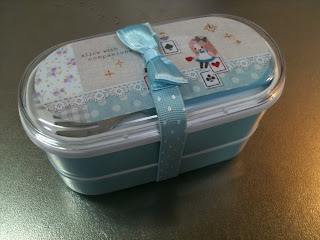Portuguese is the 7th most spoken language in the world, with official status in 9 countries and Macao , pus, it’s the most spoken Romance language in all of Asia and the Pacific, particularly Japan
Unfortunately, that’s no where near the case. I’m having the hardest time trying to find language books, other than travel phrasebooks or beginner’s courses. I’ve found some great grammar books to work from (I’ll eventually get around to reviewing each of them), and even some that explain both European and Brazilian Portuguese. However, workbooks, general courses, or readers are much harder to find.
My favorite so far is the “Practice Makes Perfect: Basic Portuguese” by Sue Tyson-Ward (which I actually managed to find in a brick and mortar Japanese bookstore!). Each short chapter explains an important grammar lesson or verb conjugation, as well as a list of new vocabulary, and then has some exercises to help you practice what you have learned. It’s a great way to learn basic Portuguese grammar and vocabulary (though I definitely think it’s best to have another resource to help with pronunciation and listening, and another vocabulary resource would be helpful, since some of the definitions are a bit off). It uses European Portuguese as the standard but also explains the alternative grammar and vocabulary of Brazil
I’m constantly searching for a good intermediate-level Portuguese reader. Currently, I’m working through Harry Potter in Portuguese, but it’s still a bit to challenging to get through without the help of my teacher. I recently went to a couple large bookstores in Osaka Japan
After looking online, I noticed this wasn’t just a Japanese thing. There are almost no beginner or intermediate level Portuguese readers printed, especially when you compare it with Spanish, French, German or Italian. I ordered the few books I could find, and hopefully they will help me increase my reading proficiency by the time I take my Portuguese exam. Unfortunately, they are all about 20 pages each, so not particularly helpful either.
My next mission: try to find some Portuguese-language manga. The internet says they’re out there… somewhere….






